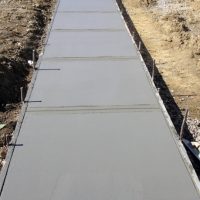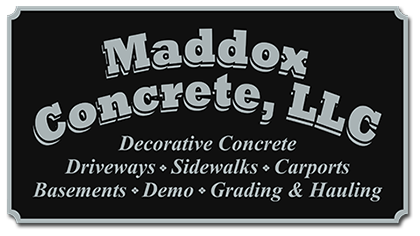 Concrete is an essential material used in construction projects worldwide. It provides strength, durability, and versatility to structures. However, many people underestimate the significance of proper concrete curing techniques. Curing is the process of maintaining adequate moisture and temperature conditions to allow concrete to achieve its full strength and durability. In this blog post, we will explore the importance of proper concrete curing techniques and their impact on the long-term performance of concrete structures.
Concrete is an essential material used in construction projects worldwide. It provides strength, durability, and versatility to structures. However, many people underestimate the significance of proper concrete curing techniques. Curing is the process of maintaining adequate moisture and temperature conditions to allow concrete to achieve its full strength and durability. In this blog post, we will explore the importance of proper concrete curing techniques and their impact on the long-term performance of concrete structures.
1. Enhancing Strength and Durability:
Proper curing of concrete is crucial for enhancing its overall strength and durability. When concrete is cured correctly, the hydration process continues, allowing the cement particles to bond and form a strong and durable matrix. It results in increased compressive strength, which is essential for load-bearing structures. Adequate curing also helps prevent cracking and surface defects, improving the durability of the concrete over time.
2. Reducing Shrinkage and Cracking:
One of the common issues with improperly cured concrete is shrinkage and cracking. Without proper moisture and temperature control during the curing process, the water in the concrete evaporates too quickly, leading to shrinkage and subsequent cracking. These cracks not only compromise the structural integrity of the concrete but can also allow moisture and other elements to penetrate, leading to further damage. Proper curing helps prevent or minimize shrinkage and significantly reduces the risk of cracking.
3. Improving Resistance to Chemical Attack:
Concrete structures are often exposed to various chemicals, such as de-icing salts, acids, and other corrosive substances. Proper curing plays a vital role in improving the resistance of concrete to chemical attack. The continuous hydration process during curing helps in densifying the concrete, reducing its porosity and making it less susceptible to chemical penetration. This increased resistance to chemical attack significantly extends the lifespan of concrete structures, particularly in harsh environments.
4. Enhancing Aesthetic Appeal:
Properly cured concrete also contributes to better aesthetic appeal. When concrete is cured correctly, it develops a smoother and more uniform surface, reducing the occurrence of unsightly surface defects such as discoloration, scaling, or uneven texture. This is particularly crucial for decorative concrete finishes, where the appearance of the surface is of high importance.
5. Ensuring Long-Term Performance:
The overall long-term performance of concrete structures depends heavily on proper curing techniques. Concrete that has been adequately cured is more resistant to weathering, freeze-thaw cycles, and other environmental factors. It maintains its strength, durability, and integrity over an extended period. Properly cured concrete structures require less maintenance and repair, resulting in cost savings for property owners in the long run.
6. Curing Methods and Best Practices:
To achieve proper concrete curing, several methods and best practices are commonly employed:
Moisture Retention:
– Covering the freshly placed concrete with plastic sheets, curing blankets, or wet burlap helps retain moisture and prevent rapid evaporation.
– Regularly wetting the concrete surface or applying a curing compound can also help maintain moisture levels during the initial curing stages.
Temperature Control:
– Controlling the temperature conditions during curing is crucial for successful curing. Extreme temperatures, both hot and cold, can negatively affect the hydration process and the strength development of concrete.
– Utilizing temperature control methods such as insulation, shading, or artificial heating/cooling can help maintain an optimal curing temperature.
Duration of Curing:
– The duration of curing depends on several factors such as concrete mix design, ambient conditions, and the desired strength of the concrete. Generally, curing should continue for a minimum of seven days, but some projects may require longer curing periods.
Conclusion:
Proper concrete curing techniques are vital for achieving optimal strength, durability, and long-term performance of concrete structures. It enhances the strength, reduces shrinkage and cracking, improves resistance to chemical attack, and contributes to better aesthetic appeal. By following established curing methods and best practices, such as moisture retention, temperature control, and appropriate curing duration, builders and contractors can ensure the success of their concrete projects. Remember, investing the time and effort into proper concrete curing will pay off in the form of long-lasting, structurally sound, and aesthetically pleasing concrete structures.
Got Questions? Let Us Help!
We are the area’s best concrete company. We specialize in concrete finishing of all types of concrete for residential and commercial customers. Our services include pavement, driveways, footings, sidewalks, decorative concrete, hauling, demolition, and property grading. We’re fully insured. Contact us today for quality workmanship and service.

